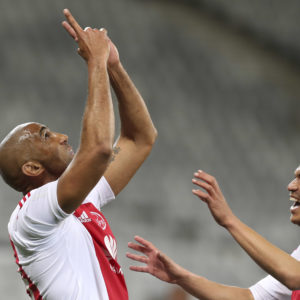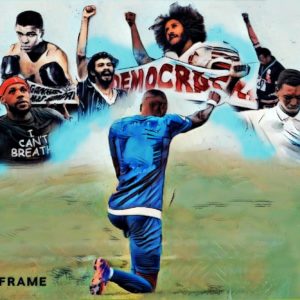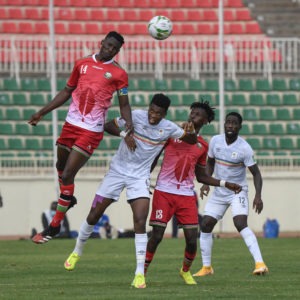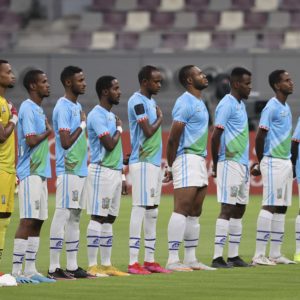South African football’s ticking time bomb
More and more, supporters are treated as an afterthought in a game that is nothing without them. It’s a state of affairs that could seriously hurt the growth of the sport.
Author:
3 November 2021
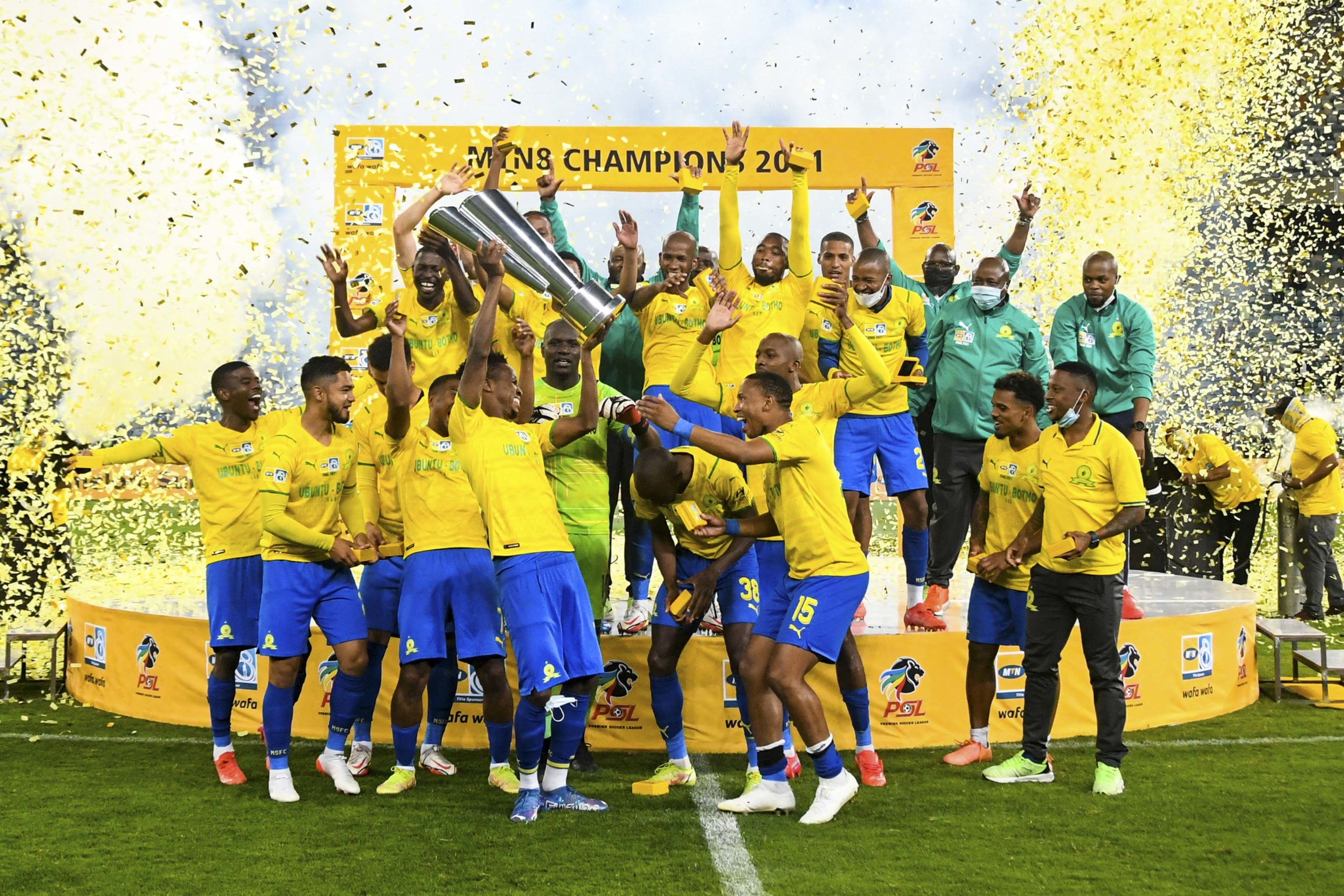
The first thing that hits you is the smugness. The truth is there, but smothered by the smugness oozing from Swallows FC chairperson David Mogashoa’s Twitter post. This was in reaction to the news that domestic football would be allowed a maximum of 2 000 supporters, after playing behind closed doors for more than a year because of Covid-19 lockdown restrictions.
While highlighting the contractual obligations that clubs and the Premier Soccer League (PSL) have to their sponsors when there’s room for spectators, Mogashoa belittled the heart and soul of the beautiful game: the supporters who make their way religiously to stadiums without connections or freebies.
That smugness was back when the PSL announced just three days before the MTN8 final on Saturday 30 October that all 2 000 tickets for the match would go to sponsors and the clubs. This sidelined supporters who wanted to be part of a milestone event, as some sense of normality returned. Mogashoa’s parting shot – “and then bese kuza nina (you lot will follow)” – came to fruition, with sponsors prioritised over supporters. And even though his delivery was crass, Mogashoa at least thought about “you lot”.
Related article:
The PSL, having said it would use the final as a dress rehearsal to evaluate the feasibility of allowing 2 000 spectators back into stadiums, didn’t even mention how the “and then bese kuza nina” was going to transpire. It was another painful reminder of how little regard there is for supporters of the beautiful game in South Africa, especially those who travel to watch matches live, while games are packaged for those watching on television.
This is what Uruguayan writer Eduardo Galeano was talking about when he wrote, “Today the stadium is a gigantic TV studio. The game is played for television so you can watch it at home. And television rules.” It’s a state of affairs that worries those who look after supporters’ interests.
Last in line
“The treatment of supporters is very bad,” said Siyabulela Loyilane, acting chief executive of the National Football Supporters’ Association (Nafsa), a non-governmental organisation that describes itself as the “official representative and independent body of all football supporters”. Nafsa’s aim is to “mobilise” supporters and create an environment in which those loyal to the game are able to contribute towards transformation and the agenda of football.
“To some extent, I believe that the powers that be in football contribute to the divisions among supporters,” said Loyilane, “because if we were a united front, a lot of things would change.”
Supporters played no part in discussions about returning to stadiums, she said. “What does that say? Are you saying that supporters don’t exist? Even if supporters didn’t have any executive powers in those discussions, they should have been a part of it. We had to hear about the developments in the media. But it’s not surprising, supporters are always last in the food chain.”
Related article:
Impoverished supporters found themselves even less regarded during the pandemic. When football resumed in August last year, following the suspension of play in March, it was in empty stadiums. Television became an even bigger king, pushing those who couldn’t afford pay-television further into pauperdom.
“When the pandemic hit, in Europe there was a concerted effort to get more games on free-to-air, so that they are available to a wider audience since supporters’ options were limited,” said former footballer Sgwili Gumede, the founder and now executive director of sports finance research company Sport Boardroom. “A good mix of pay-TV and free-to-air content is important for the wellbeing of the game.”
No league without fans
The PSL had that in the first few years of MultiChoice acquiring the rights to broadcast the domestic game in 2007 from the SABC. In fact, for the first couple of seasons, the SABC screened more games than it did when it was the rights holder. But this is no longer the case for a number of reasons, mainly the SABC’s financial woes and its political squabbles. Now those supporters who rely on the SABC are shown only scraps – and when the pandemic hit they couldn’t even go to the football stadium, one of the cheapest forms of entertainment.
“The current model is not sustainable,” said Gumede. “The attendance is getting poorer and poorer. The Soweto Derby that has constantly been a sellout, suddenly isn’t a sellout. The combined viewership between the SABC and SuperSport that sat at around seven million to eight million, you suddenly find the combined figures sitting at around 4.5 million to five million. There are now more [German] Bundesliga games on the SABC than the PSL. And this is the broadcaster with the biggest reach.”
Related article:
Gumede added that the monthly grants clubs receive – R2 million a month for premier division clubs and R500 000 for those in the first division – have created a “false sense of security”. Clubs can survive to a degree without sponsors and even gate takings. Some operate at a loss when there are games, as their gate takings are too little compared with what they have to spend to hire a stadium and comply with the Safety at Sports and Recreational Events Act. With no fans, these costs are eliminated. And at face value, this situation benefits the clubs.
“It may seem like the league and clubs are surviving, but they are living on borrowed time,” Gumede said. “You can’t run a league without fans. In Europe, Uefa released funds to offset the impact of Covid-19. Clubs have lost a lot of revenue because of the pandemic. Teams have lost 15% to 20% worth of revenues. The second aspect is entertainment. That has been reduced with clubs playing in front of empty stadiums. When the entertainment aspect is no longer there, you have problems.”
‘Beautiful with the supporters’
The entertainment only came late in the MTN8 final between Mamelodi Sundowns and Cape Town City at Moses Mabhida Stadium. Sundowns eventually triumphed 3-2 in a dramatic penalty shootout. Their supporters, who had ditched the vuvuzela long before Covid rendered it a weapon of mass destruction, tried to create a festive atmosphere with the drums they’d brought to Durban.
It was poetic in a way that City and Sundowns were the first teams to play in front of some form of a crowd. The two teams are shaking up the traditional power structures when it comes to supporter growth. The Citizens, with their innovative ways, have brought a breath of fresh air to fan engagement and offer supporters added value.
Michel Comitis’ words in 2019, when talking about the club’s relationship with its supporters, have taken an ominous turn. “If you tell me that City are going to play behind closed doors and our social media channels will be shut down, but in return we will win the league every year, then we will close the club [because] that means nothing to us,” said City’s commercial director. “It is not who we are. This is a football club, and we want to connect with people, to let them know they are not forgotten. Our strategy asks for engagement and then reciprocates, because what we do comes from a genuine place.”
Related article:
While Sundowns are stuck in the past when it comes to certain ways of doing things, the team’s success is winning over a younger generation of supporters. The MTN8 was the club’s seventh trophy in the past five years.
“We have been missing them in the stadium,” said Sundowns goalkeeper Denis Onyango, who saved five penalties in the shootout. “It was amazing to see them back in the stadium. Of course, not the numbers we wanted … we have to follow the protocols.
“We had to reward the supporters. We hope that we see them in the time to come, because football is beautiful with the supporters. We have missed them, it’s been almost two years without them. The more we vaccinate, the more we will get numbers at the stadium. It was very beautiful and nice to see them at the stadium and celebrating with them this magnificent trophy after 14 years [of the club failing to win it].”
The PSL and the South African Football Association have made submissions to the government to increase the number of fans allowed to attend live games. While this would be welcome, with many eager to return to stadiums, more supporters in the stands is not the solution to the underlying problems that could have devastating effects on the game if not addressed.

